


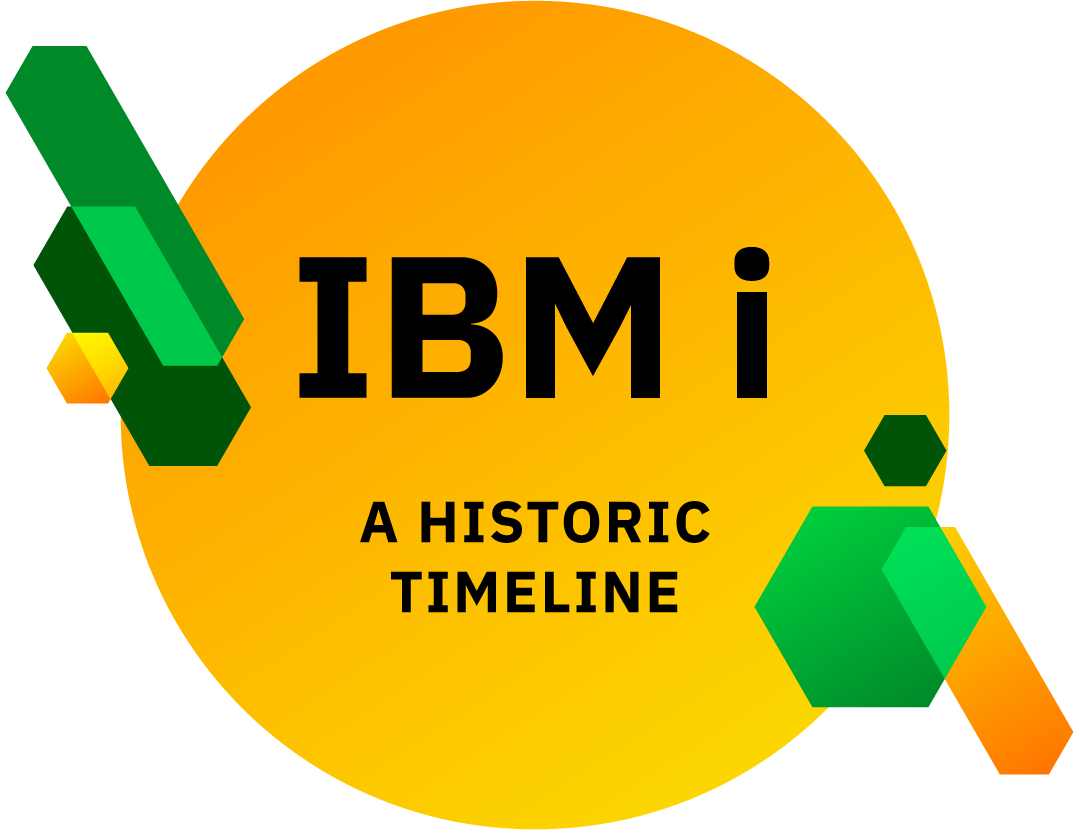
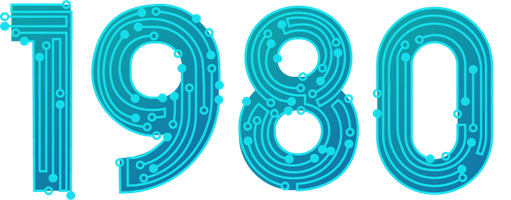
IBM System/38 delivered
48-bit
Featured 48-bit addressing and a novel integrated database system
AS/400
Its architecture served as the basis for the AS/400
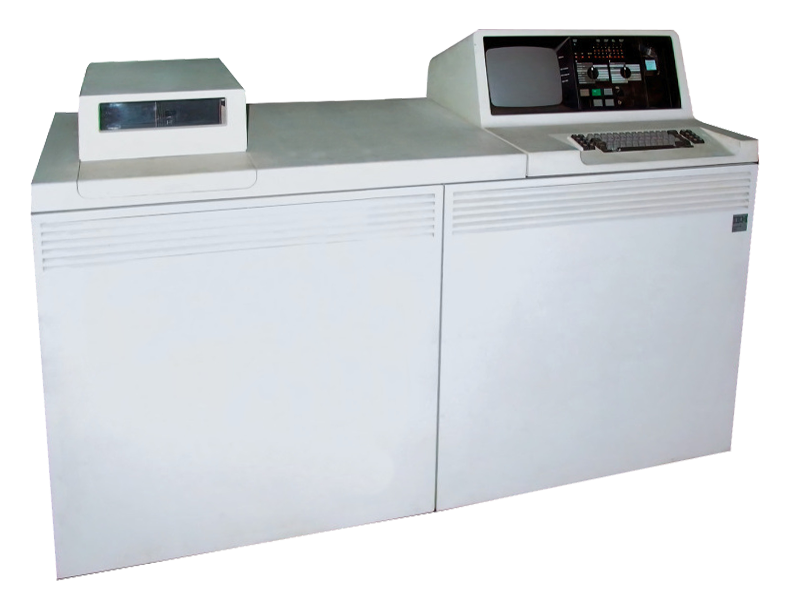
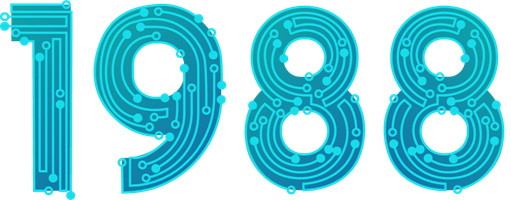
AS/400 introduced
The Technology Independent Machine Interface (TIMI),
which allows application programs to take advantage of hardware and software advances without recompilation, was a key feature
Early systems were based on a
48-bit CISC instruction set architecture,
which was originally developed for the S/38

eServer iSeries debuted


IBM rebranded the server line to eServer

The eServer iSeries was built on the POWER4

The eServer pSeries, running AIX, was also introduced

This was the first time the same processors were used in both server lines

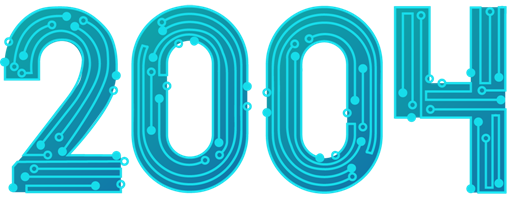
eServer i5 on POWER 5 unveiled
iSeries is rebranded to i5
The OS is rebranded to i5/OS
The POWER5 implements simultaneous multithreading (SMT), where two threads are executed simultaneously

System i rebranded
Final rebrand before the System i and System p servers merged in 2008

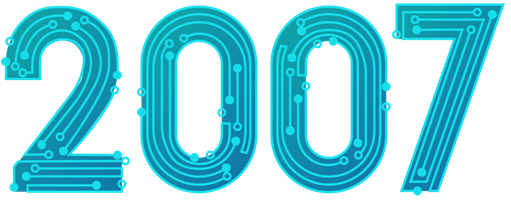
POWER6 chip entered the market
Dual-core processor
Each core is capable of two-way simultaneous multithreading (SMT)
Maximized processor frequency, achieving 5 GHz

Power Systems server line debuted
IBM officially merged the System i and System p lines of servers
i5/OS is rebranded to IBM i
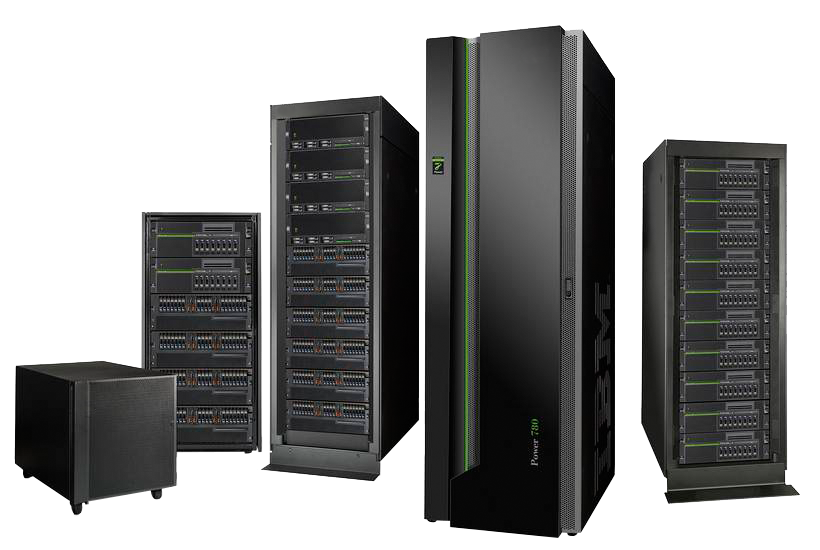
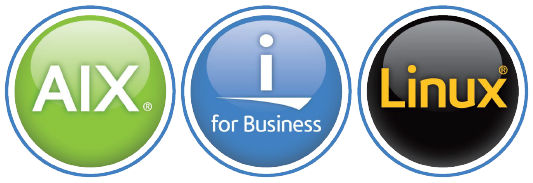
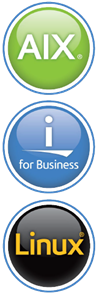
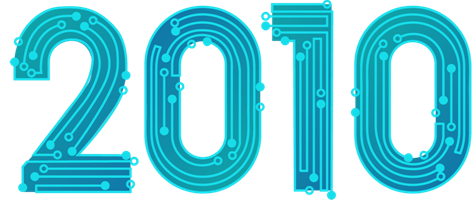
POWER7 introduced
Superscalar multicore architecture
Focused on power efficiency through multiple cores and SMT
Featured up to 8 cores with 4 threads per core for a total capacity of 32 simultaneous threads

POWER8 debuted
Designed to be a massively multithreaded chip
Each core could handle 8 hardware threads simultaneously, for a total of 96 threads executed simultaneously on a 12-core chip
On- and off-chip eDRAM caches and on-chip memory controllers enable very high bandwidth to memory and system I/O
2X to 3X performance improvements over POWER7
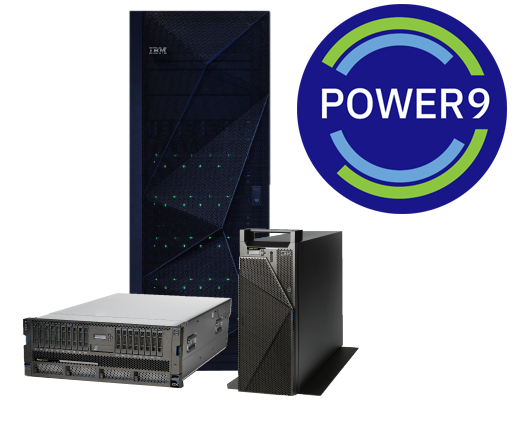
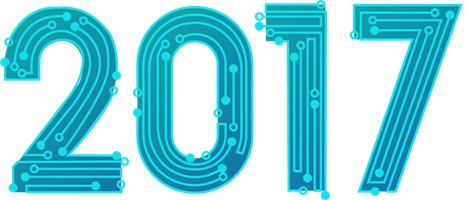
POWER9 unveiled
12- and 24-core versions for scale out and scale up applications
Summit, the fifth fastest supercomputer (based on the Top500 list as of November 2022), is based on POWER9, while also using NVIDIA Tesla GPUs as accelerators
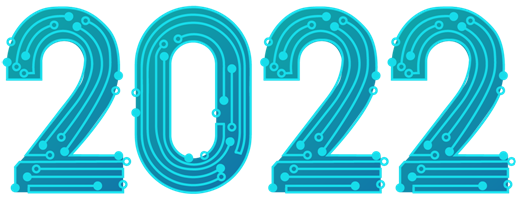
Power10 debuted
15 cores
Focus is on AI workloads
Higher performance per watt and better I/O architectures



The 35th anniversary of IBM i
Celebrating 35 years of business computing history










-70d2704d21f8877c799248fa33946d8d72b699a5.png?v=06062023153240)








